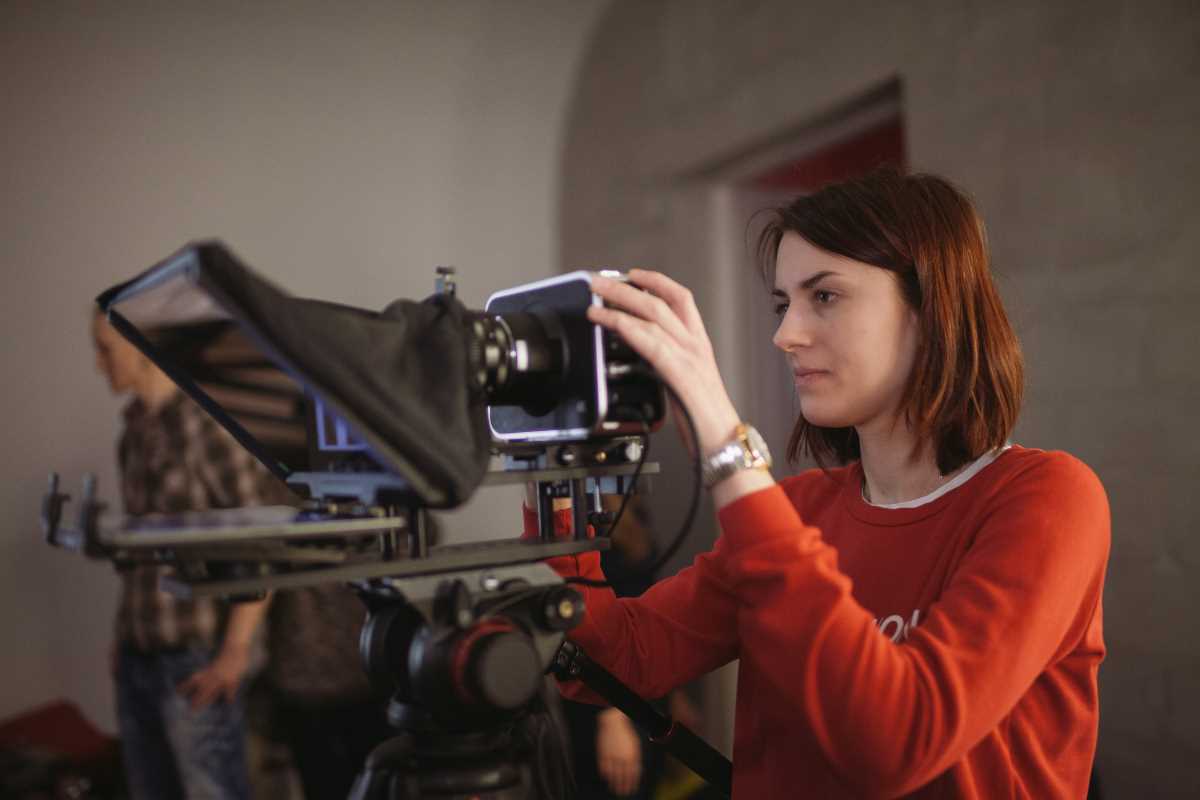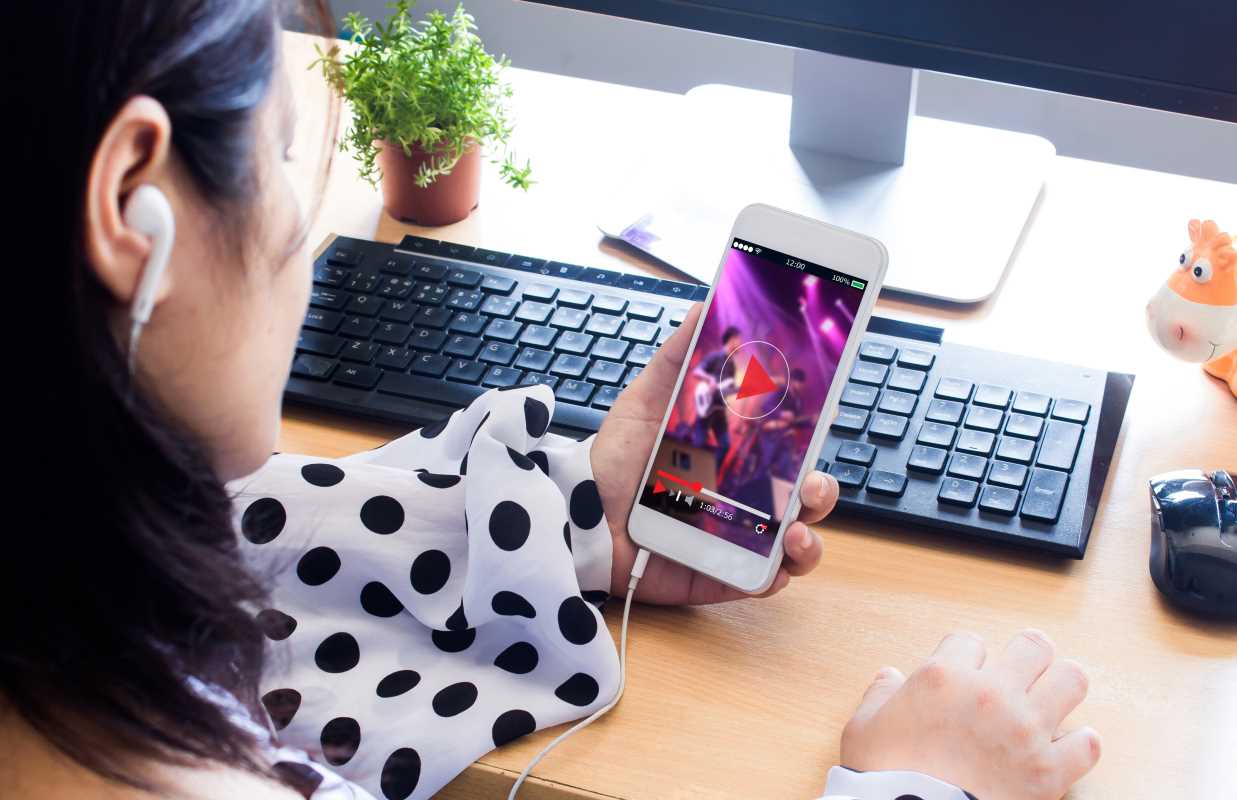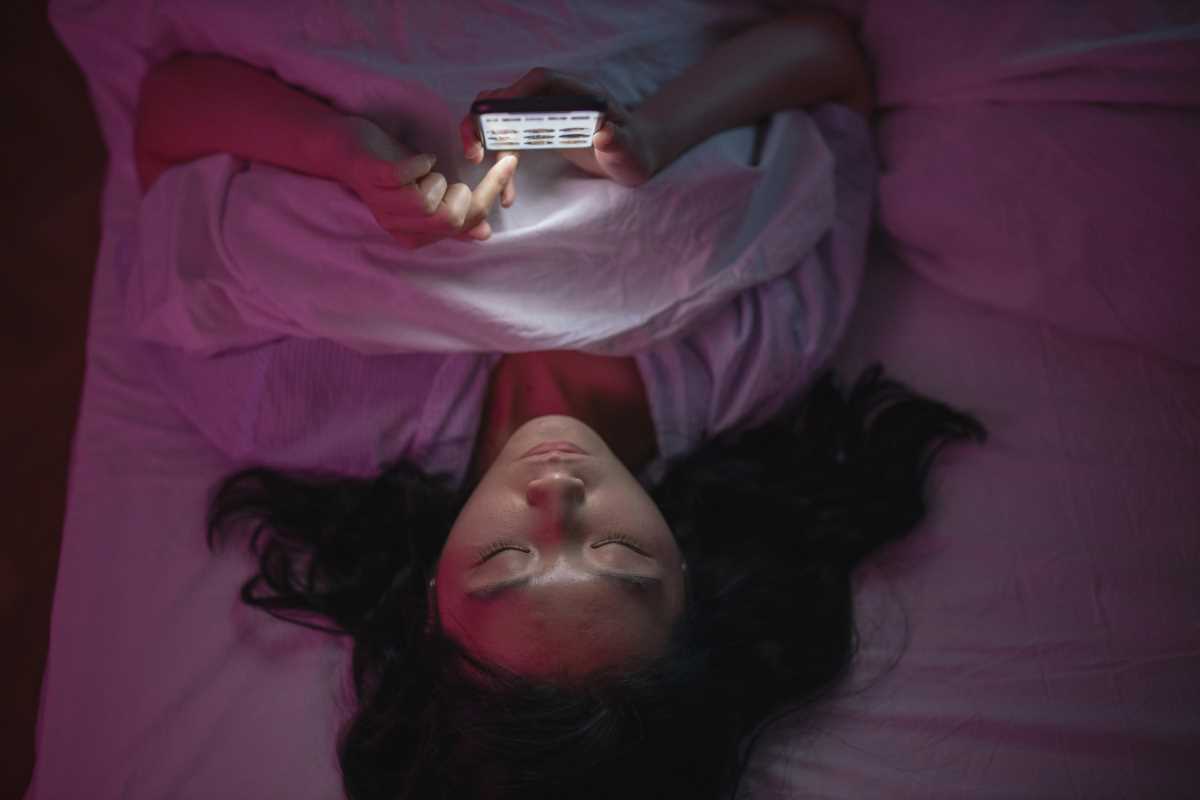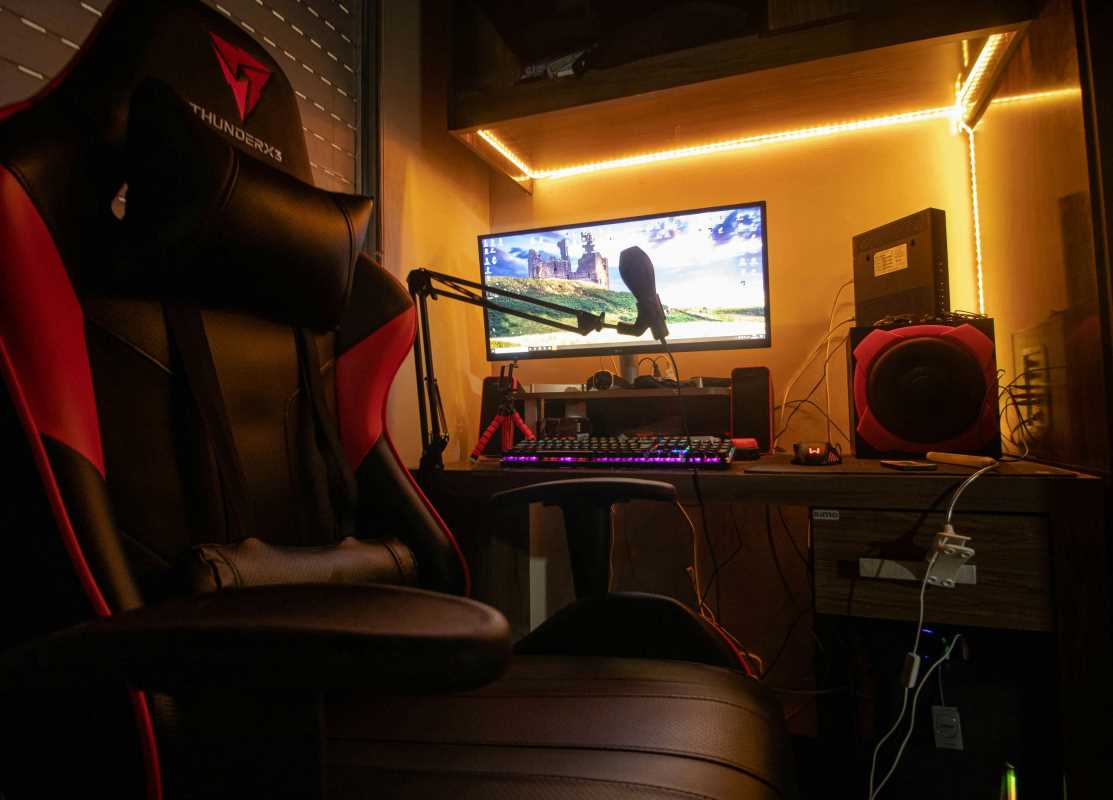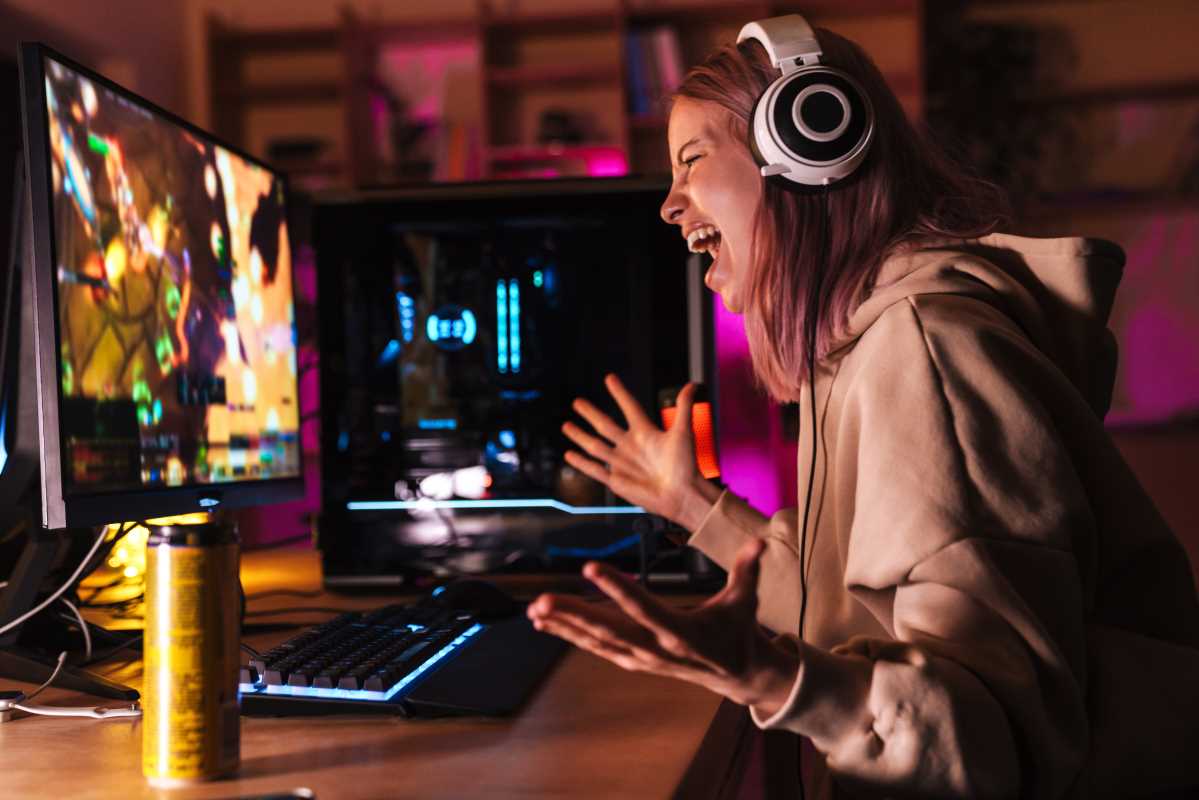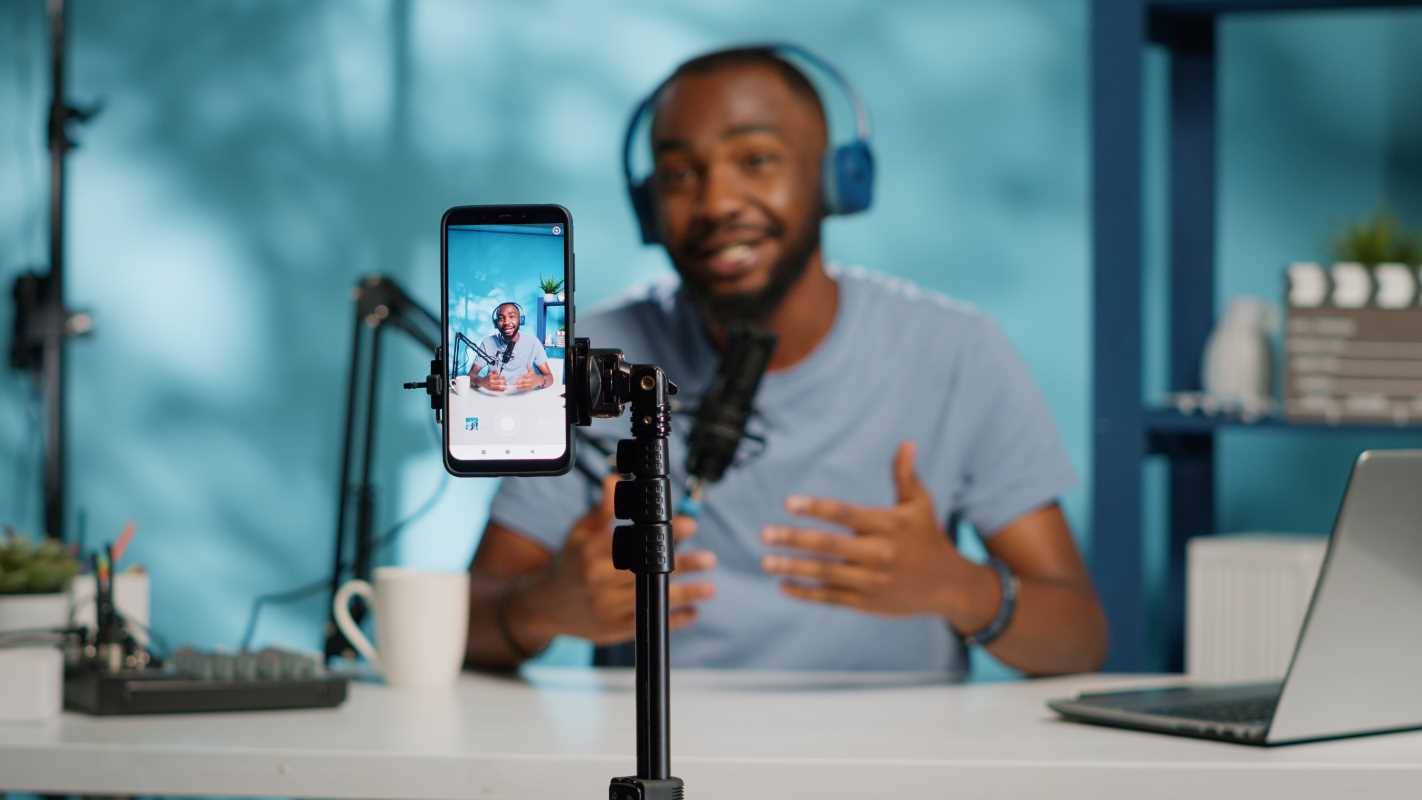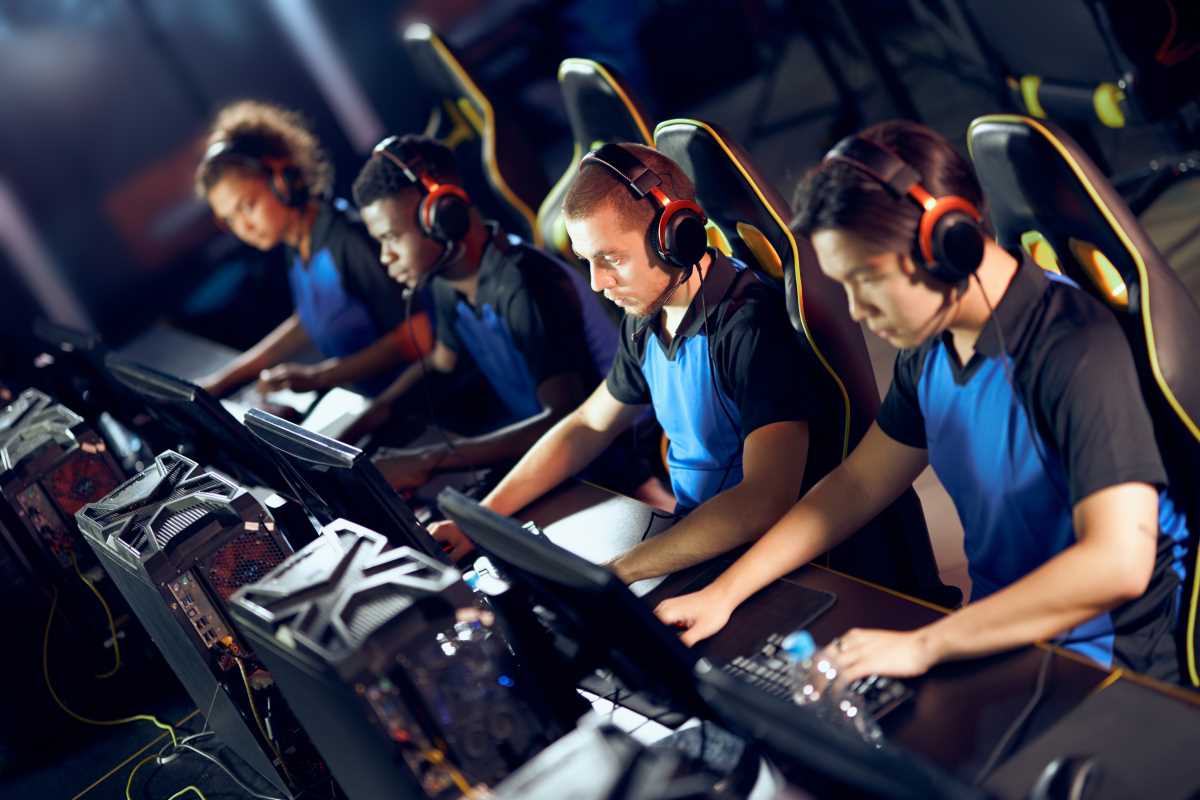A cinematic universe emerges where reality and digital artistry merge effortlessly, granting directors the ability to alter entire scenes with just a keystroke. New technology fuels an extraordinary evolution in filmmaking, sparking creativity and pushing past traditional boundaries. Movie sets are alive with anticipation and innovative concepts as revolutionary tools materialize visionary ideas, much like the captivating stories found on social media. This vibrant fusion of state-of-the-art technology and narrative artistry creates film experiences more vivid and immersive than ever before.
Filmmakers now experiment with innovative tools that cut down production time and add a splash of dazzling creativity to every scene. Whether they develop groundbreaking methods for shooting complex scenes or create smart systems that handle tedious tasks, these advancements are shaping the future of cinema right before our eyes.
The Rise of Virtual Production
Virtual production has become prominent by merging real-life filming with digital backdrops. Directors now see computer-generated elements during shooting, transforming how they work on set. This method proves essential for creating scenes that would be impossible or too costly to build in a traditional set environment.
Filmmakers enjoy many benefits with virtual production. Here are some key points:
- They get instant feedback on visual effects while shooting on location.
- They spend less time on extensive post-production work.
- They gain greater flexibility in modifying scenes on the fly.
- Films like The Mandalorian and Avatar successfully use virtual production to craft immersive worlds.
This technology allows creative minds to push the envelope, seamlessly blending practical sets with digital artistry.
AI and Automation in Filmmaking
AI now takes a leading role on the technical side of filmmaking, helping filmmakers use machine learning to improve storytelling—from script analysis and editing to creating visual effects. Directors can identify scene flaws and even generate initial editing suggestions, enabling faster turnaround times.
Automation tools handle repetitive tasks, giving filmmakers more time to focus on the creative story. Integrating AI helps maintain consistency in special effects and speeds up post-production. Consider these examples:
- Using AI to de-age characters in films like Marvel's blockbusters.
- Automated color grading transforms raw footage into a visually cohesive masterpiece.
- A machine learning system predicts the best camera angles and framing, boosting storytelling efficiency.
These tech innovations change the filmmaking process, making it more seamless and dynamic than ever before.
The Power of Streaming Platforms
Streaming platforms have changed how audiences experience films and TV shows by providing instant access to a universe of stories. The days of waiting for a movie premiere in theaters have shifted to immediate binge-watching from home. This change influences production choices and storytelling styles, as creators now target a digital-first audience.
Filmmakers and studios analyze data-driven insights from these platforms to tailor content that truly connects with viewers. Their detailed understanding of audience preferences guides the creative process from concept to final cut.
CGI and Visual Effects Evolution
CGI has grown far beyond its humble beginnings, offering a world of possibilities for filmmakers to visualize dramatic, surreal, or otherworldly stories that might have been impossible before. Directors combine practical effects with digital wizardry to craft breathtaking scenes that plunge viewers into the action.
The development of visual effects means even independent filmmakers can add high-quality digital elements to their projects without huge budgets. Improved software and powerful rendering tools democratize CGI creation. Movies once reliant on cutting-edge technology now have accessible solutions to produce stunning visuals, bridging the gap between imagination and execution.
Social Media’s Influence on Movie Production
Social media's influence extends beyond marketing—it directly impacts creative decisions on set. Directors and producers observe current trends, memes, and viral challenges to add relatable humor or emotion to their stories. This input helps keep films fresh and connected to the digital pulse of the audience.
Interactive campaigns and behind-the-scenes teasers give fans a look into production, generating buzz before a movie's release. Consider these trends:
- Real-time feedback from viewers shapes narrative adjustments during film festivals or early screenings.
- Storytelling moments inspired by viral challenges or the latest online humor.
- Social media collaborations where popular influencers offer insights or make cameo appearances.
This mix of production insights and direct audience interaction creates a film experience shaped as much by fan trends as by visionary directors.
Technology is revolutionizing storytelling in cinema, blending virtual production, AI, streaming, and CGI to unlock new creative possibilities. As filmmaking evolves, these innovations inspire fresh approaches and exciting stories on screen.
